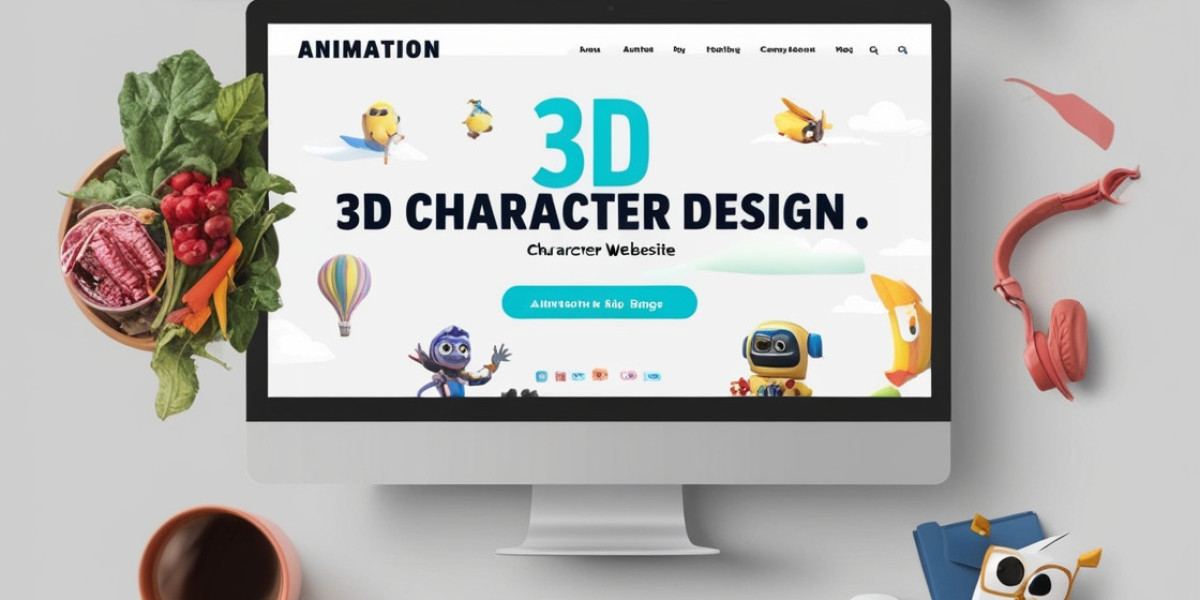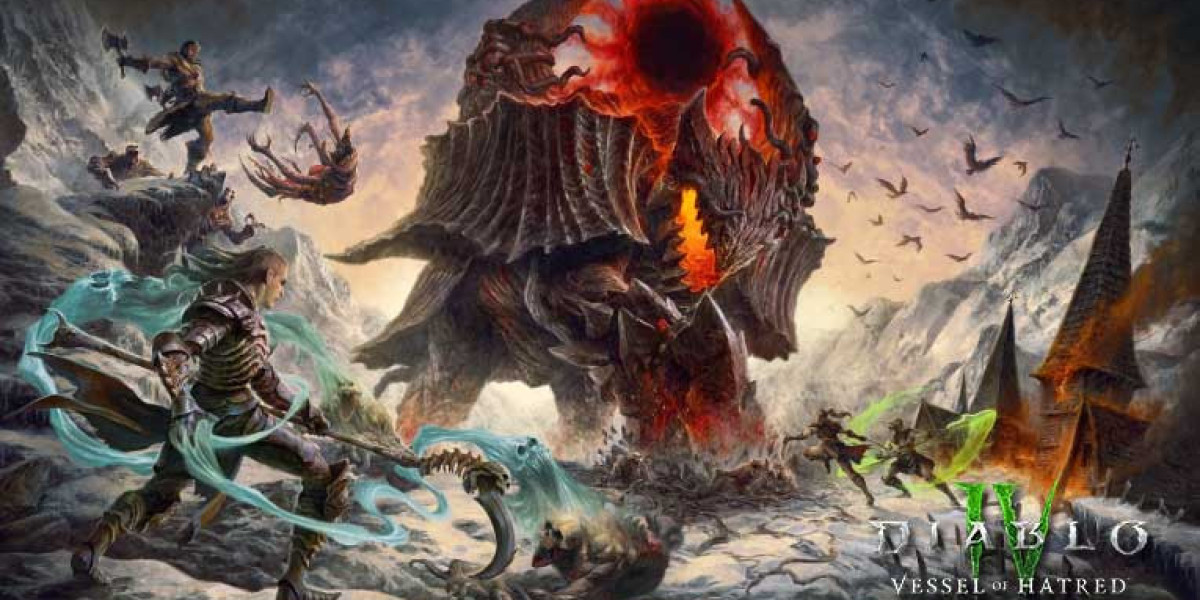1. Start with the Basics: Sketching and Concept Art
No matter how advanced 3D software becomes, successful character design often begins with simple sketches. Even professional 3D character artists start with pen and paper to outline the personality, physical characteristics, and expressions of their character. These sketches help clarify the character’s visual style and ensure that the 3D characters design process remains consistent with the artist's original intent.
Concept art allows you to experiment with various looks before committing to the 3D design stage. Take time to visualize every detail: the character's posture, facial features, clothing, and any props they might use. This foundational work will guide the rest of the character animation design process and streamline the 3D modeling phase.
2. Understand the Anatomy of a 3D Character
Whether designing humans, animals, or fantastical creatures, understanding anatomy is crucial for 3D character artists. Study real-life references to understand muscle groups, bone structure, and movement dynamics. Knowledge of anatomy enables you to create believable poses and realistic movements. It also helps during the rigging stage, where the character’s model will need to flex and articulate like a real body.
For a stylized approach, artists might exaggerate certain features, but maintaining a basic grasp of anatomy ensures that the design feels cohesive. Many 3D character creators also use anatomy studies to enhance the character’s visual appeal by adding subtle details, such as vein or muscle structure, which contribute to a richer, more textured look.
3. Master the Tools of the Trade: Essential 3D Software
3D character design requires specific software tools that allow for sculpting, rigging, texturing, and animating. Commonly used software includes:
- Blender: An open-source program, ideal for beginners but powerful enough for professionals.
- ZBrush: Known for its sculpting capabilities, it allows artists to add intricate details.
- Maya and 3ds Max: Used widely in the industry, especially for rigging and animation character 3D processes.
- Substance Painter: Essential for realistic texturing.
Mastering these tools requires practice and familiarity with each program’s unique workflow. Invest time in tutorials, experimentation, and hands-on practice to gain confidence. Often, artists specialize in one or two programs, using others to enhance specific aspects of their 3D characters design.
4. Texturing and Shading: Adding Realism and Style
Texturing gives character models life by adding skin tones, clothing textures, and finer details such as freckles or scars. Shading, on the other hand, deals with how light interacts with the character's surface, affecting appearance based on different lighting conditions. A skilled 3D character artist knows how to blend both processes seamlessly to add depth and dimension to their characters.
Consider if your character needs realistic skin textures or a cartoonish appearance; different texturing techniques suit various styles. Tools like Substance Painter offer extensive libraries of textures and materials, enabling 3D character creators to develop nuanced and vibrant designs.
5. Rigging and Animation: Bringing Characters to Life
Rigging is a technical but necessary step for any 3D character creator aiming to animate their characters. It involves creating a skeleton, or rig, that moves the character realistically. Joints, bones, and controls are added to specific parts of the character to ensure that it moves as intended. For example, joints are added to the elbows and knees to allow bending.
After rigging, artists move to animation, where they control each movement, from subtle facial expressions to complex body movements. Character animation design requires a good eye for detail to ensure each movement feels natural and enhances the character’s personality. Learning rigging and animation can be time-consuming, but they are invaluable for any 3D character artist aspiring to create a complete, dynamic character.
6. Lighting and Rendering: Enhancing the Final Look
Once the character is modeled, textured, rigged, and animated, it's time to add the finishing touches through lighting and rendering. Lighting plays a significant role in highlighting the character's features and adding mood or atmosphere. Artists experiment with different lighting setups to emphasize facial expressions, textures, and movements. Proper lighting can elevate a 3D character from a basic model to an immersive experience.
Rendering, on the other hand, is the process of exporting the final version of the 3D character. This stage transforms the raw model into a polished visual, often requiring software like Arnold or V-Ray. A good 3D character design relies on high-quality rendering to ensure that every detail—from textures to lighting—appears as envisioned.
7. Consistency in Style: Developing a Unique Artistic Vision
While technical skills are essential, having a unique style can set a 3D character artist apart. Many artists draw inspiration from a range of sources, from classic animation styles to contemporary video games. Developing a distinct artistic vision requires experimenting with different textures, color palettes, and character proportions. Some artists prefer hyper-realistic characters, while others excel at creating stylized, cartoonish figures. Regardless of style, consistency across the character’s design ensures cohesion and visual appeal.
One method to develop a unique style is to study a wide array of 3D cartoon characters and analyze what makes them memorable. The ability to innovate within your style can be particularly valuable if you’re looking to stand out as a character artist.
8. Building a Strong Portfolio and Networking
Creating a professional portfolio is crucial for anyone entering the 3D character design industry. A well-rounded portfolio should display a range of skills, including concept sketches, fully rendered characters, and even animated clips. Many successful 3D character artists showcase their work on platforms like ArtStation or Behance to connect with potential clients and employers.
Networking also plays a vital role in finding opportunities. Attend industry events, join online communities, and connect with other artists. Collaborating with others can lead to new insights and skills, helping you grow as a 3D character creator.
9. Keeping Up with Industry Trends and Innovations
The 3D design field is constantly evolving with new tools, techniques, and trends. Staying updated on the latest advancements can enhance your designs and ensure that you remain competitive. For example, recent trends include the use of AI in character creation and procedural texturing, which allows for dynamic adjustments to textures in real-time.
As technology progresses, so does the demand for 3D character artists who can leverage these advancements to produce top-quality work. Following industry news and learning from leading artists are essential for continuous improvement.
10. The Road to Mastery in 3D Character Design
Mastering 3D character design is a rewarding but ongoing journey. For 3D character artists, achieving expertise is about balancing technical proficiency with creativity. From understanding anatomy and mastering software to cultivating a unique artistic style, the road to becoming a skilled character designer requires dedication and passion.








